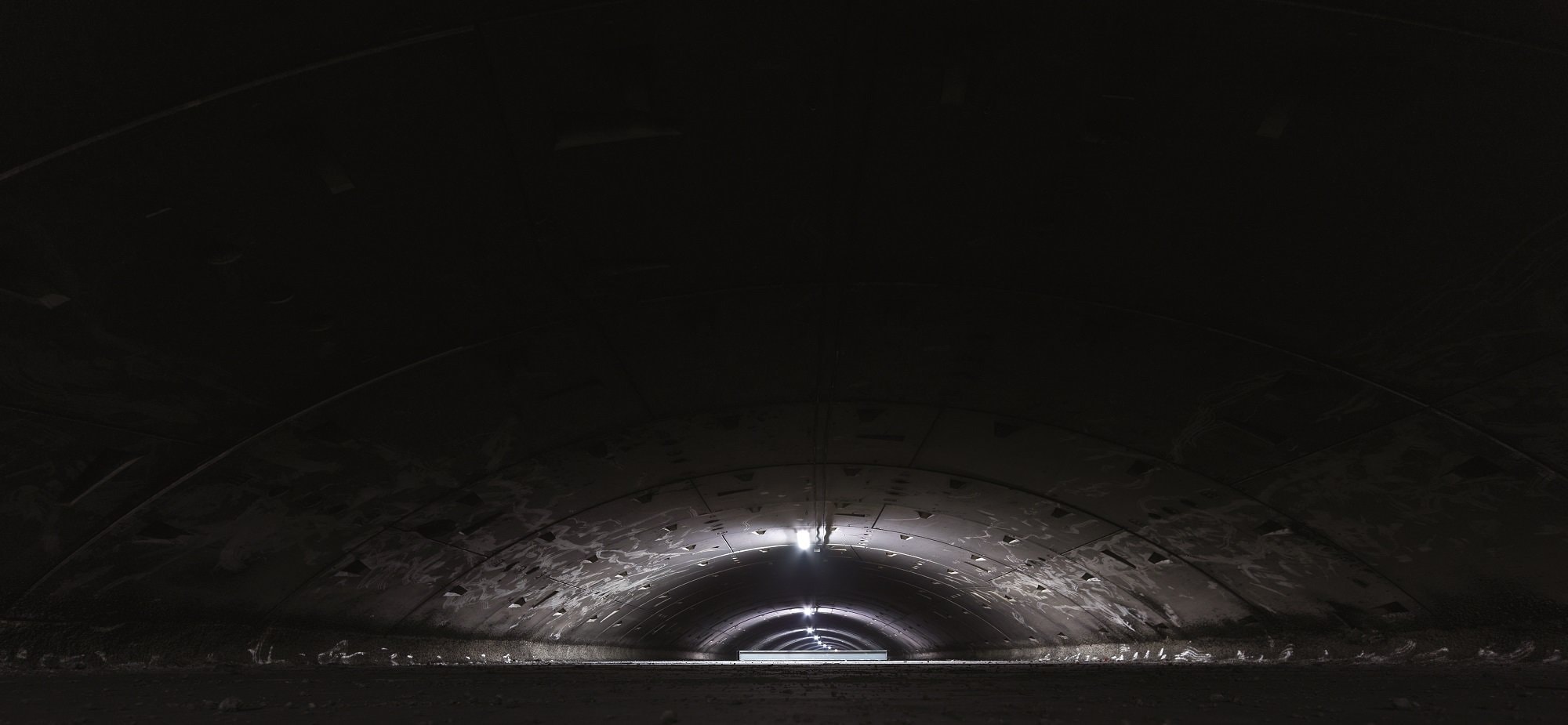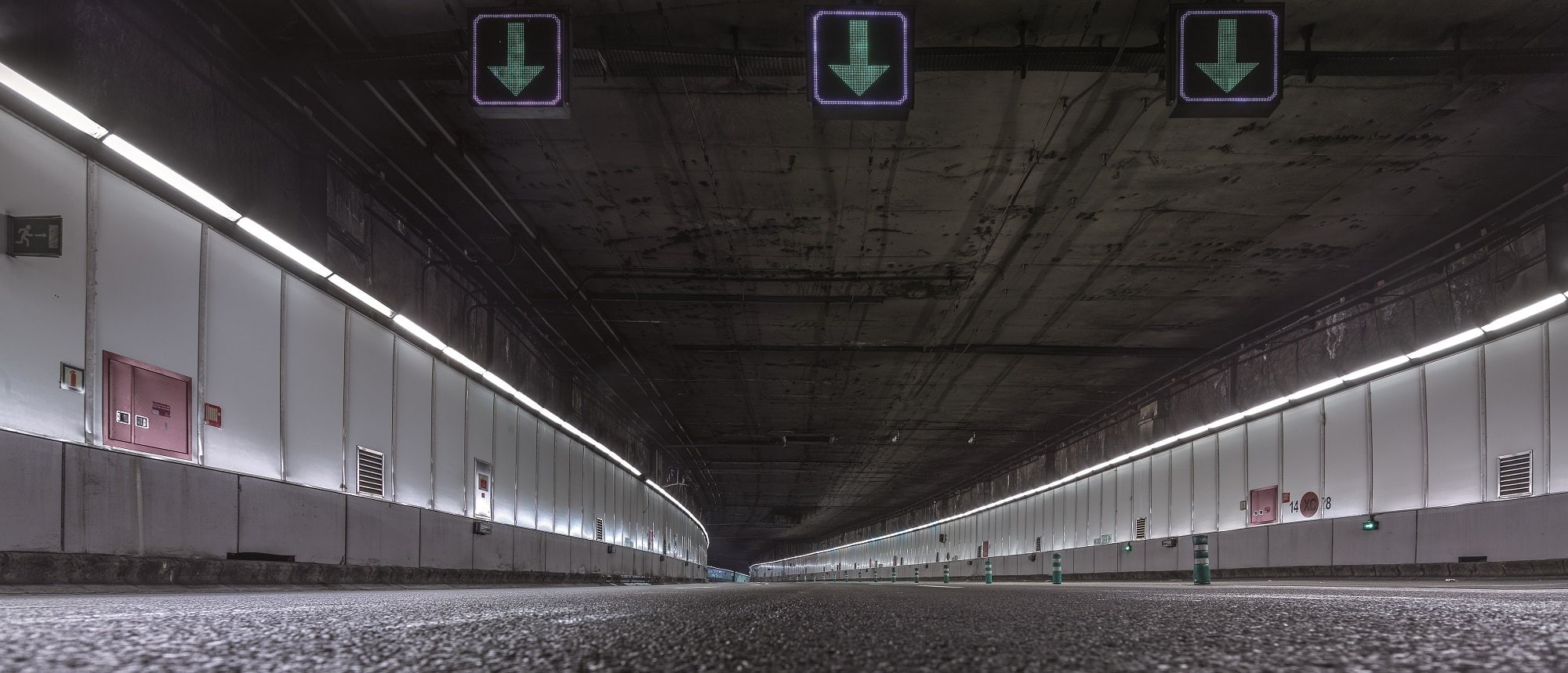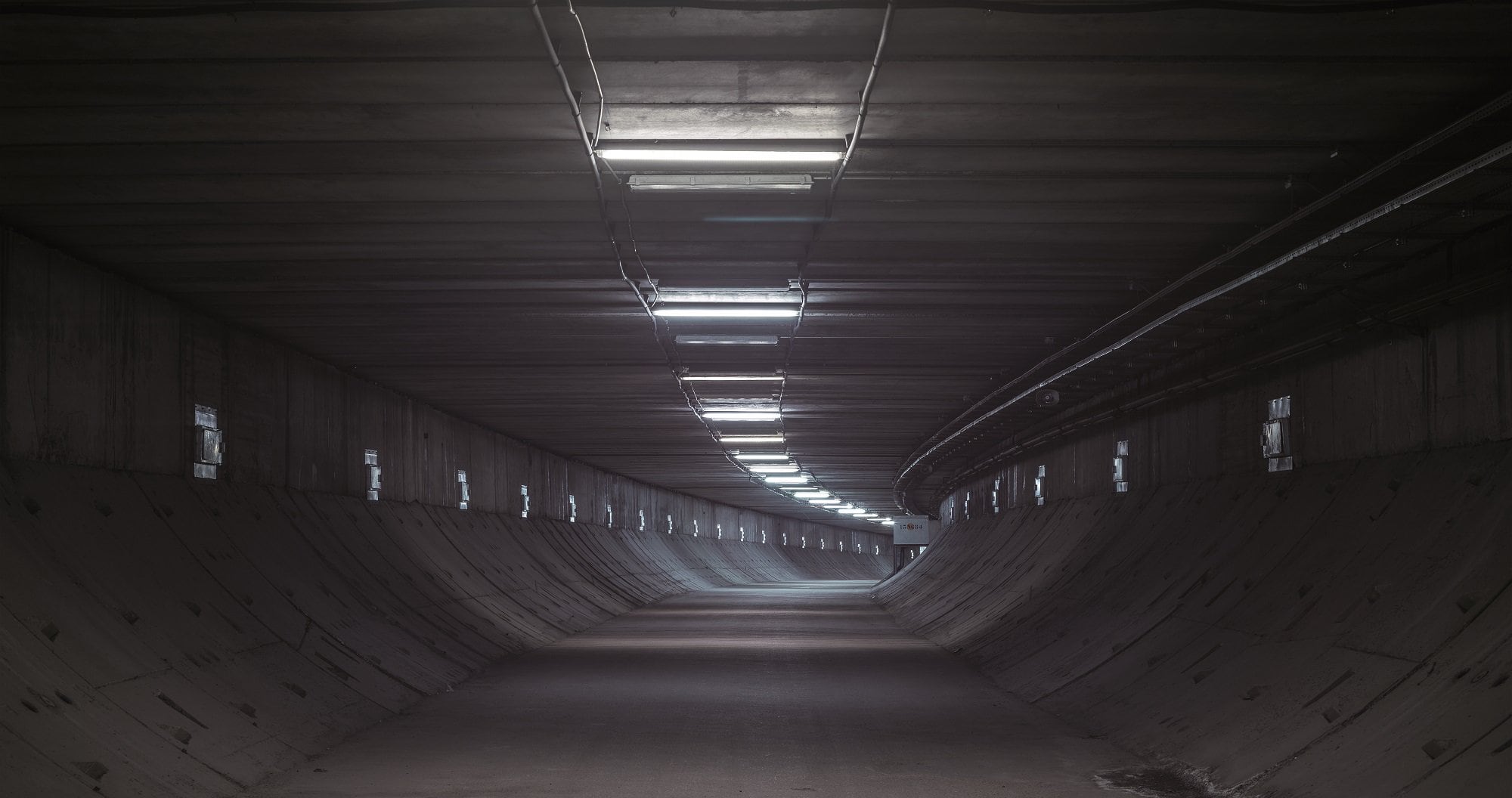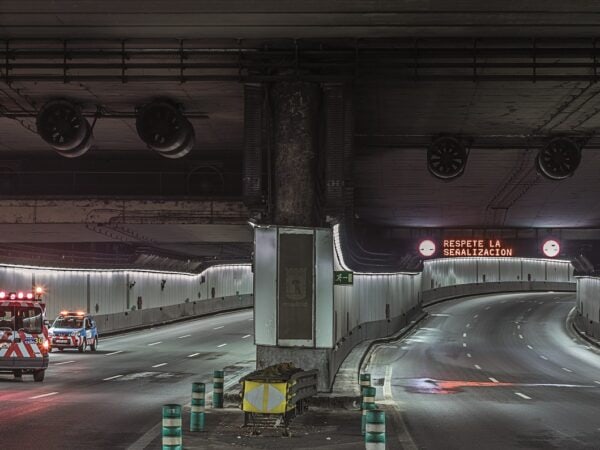Flowing Under Madrid
Madrid, Spain
Lorem ipsumNot many still remember the Abroñigal stream, one of the waterways that cross the city of Madrid to flow into the Manzanares. From there, it goes on to the Jarama, the Tagus, and the Atlantic.
However, perhaps unknowingly, millions of people cross this stream’s waters every day. Of course, the stream is no longer visible. It runs underground after giving way to the M-30, the great beltway surrounding the heart of the Spanish capital.
Since it opened in the 1970s, the M-30 has spread across the surface of Madrid, taking advantage of natural slopes like the Abroñigal riverbed as protection and a soundproofing measure. However, with the advent of the 21st century, the heavily trafficked beltway decided it was time to go underground. So it was time to build tunnels.




The Tunnel
For excavation on the southern by-pass’s north tunnel, consisting of two tubes with three lanes in each direction and measuring 4,156 meters in length, Dulcinea, a legendary tunnel boring machine, had to be put into operation. At the time of construction, it was the largest EPB (Earth Pressure Balance) tunneler in use. At 107 meters in length and a diameter of 15.62 meters, it was in charge of drilling 3,538 meters of subsoil.
The northern tunnel of the southern by-pass, which has been in operation since 2007, helps alleviate traffic around the city’s south junction, under the Arganzuela park and the Tierno Galván park, shortening travel times to the A-3, the A-42, and the Mediterráneo. On the surface, traffic seems to have disappeared.
The same is true at other points underground. Through three tunnels (and a fourth that’s projected) that total 43 kilometers in all, the M-30 has followed the Abroñigal’s example and is now hidden from the locals’ view. But like the stream, that doesn’t mean that it has stopped flowing.

The M30 Tunnel, Madrid (Spain)
- Spain
